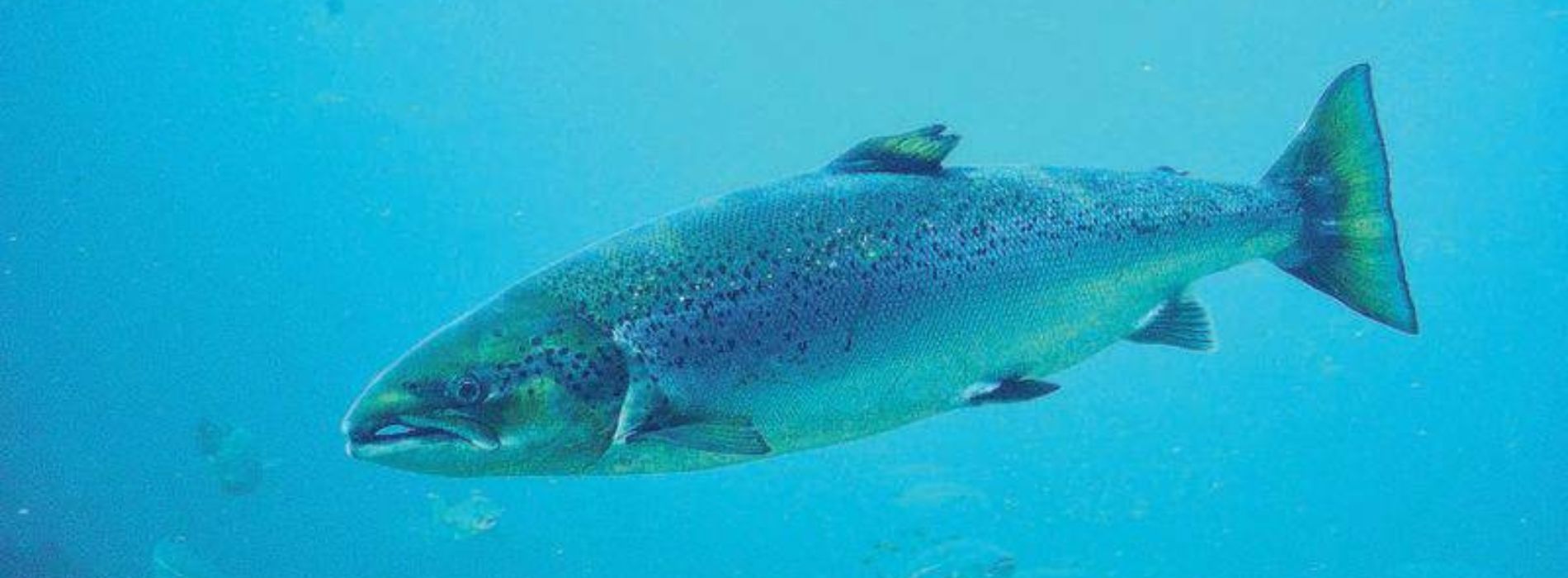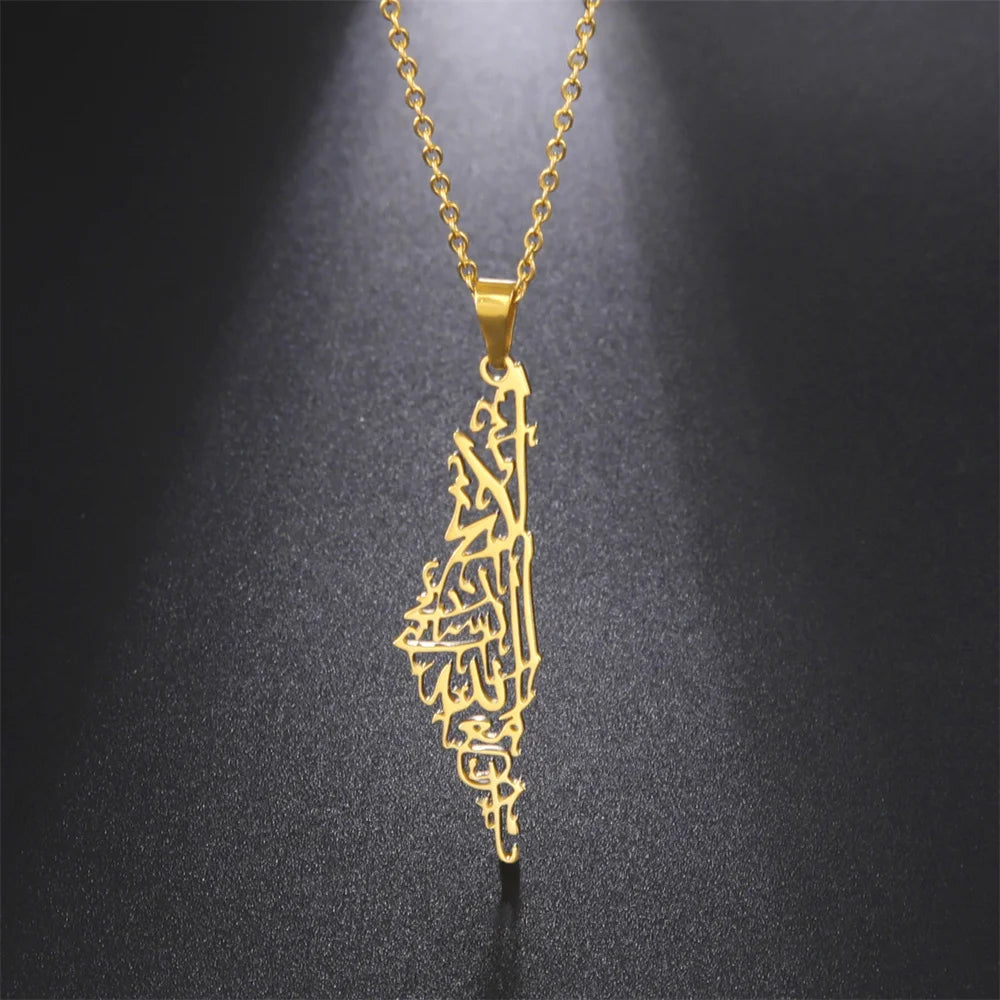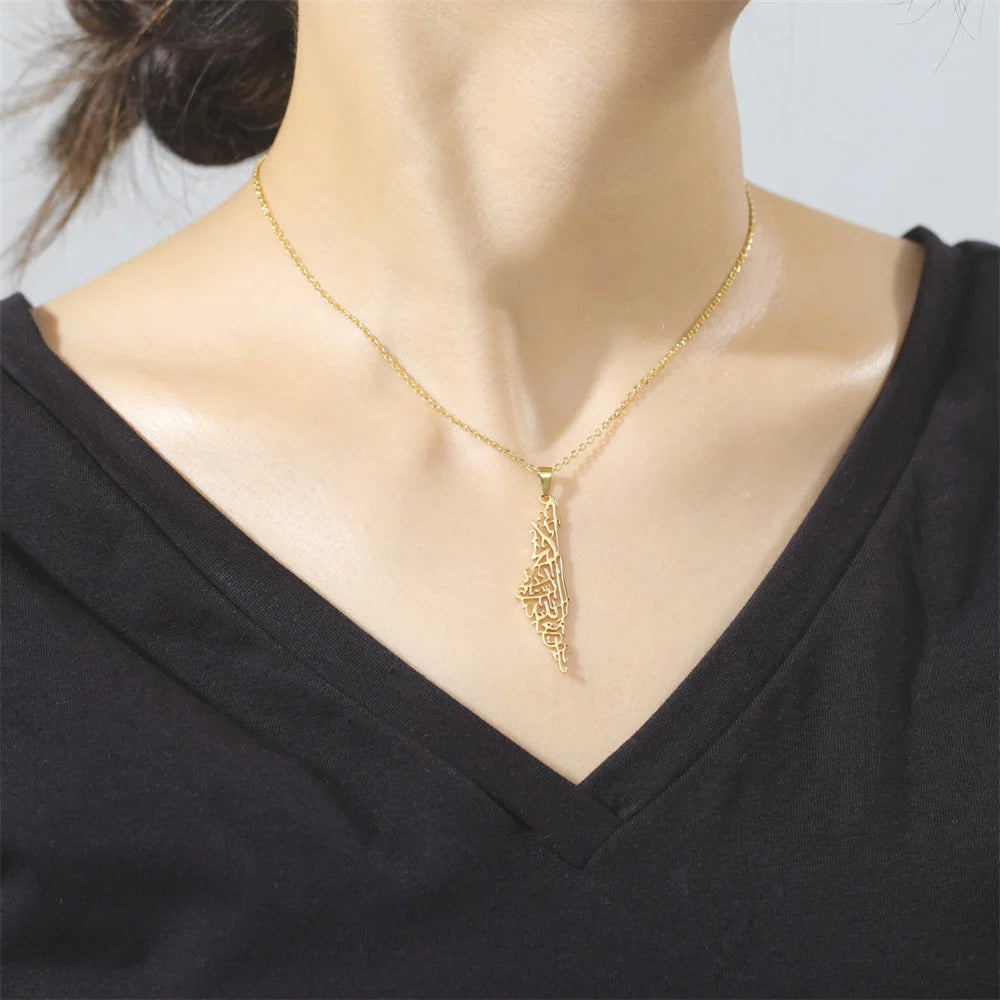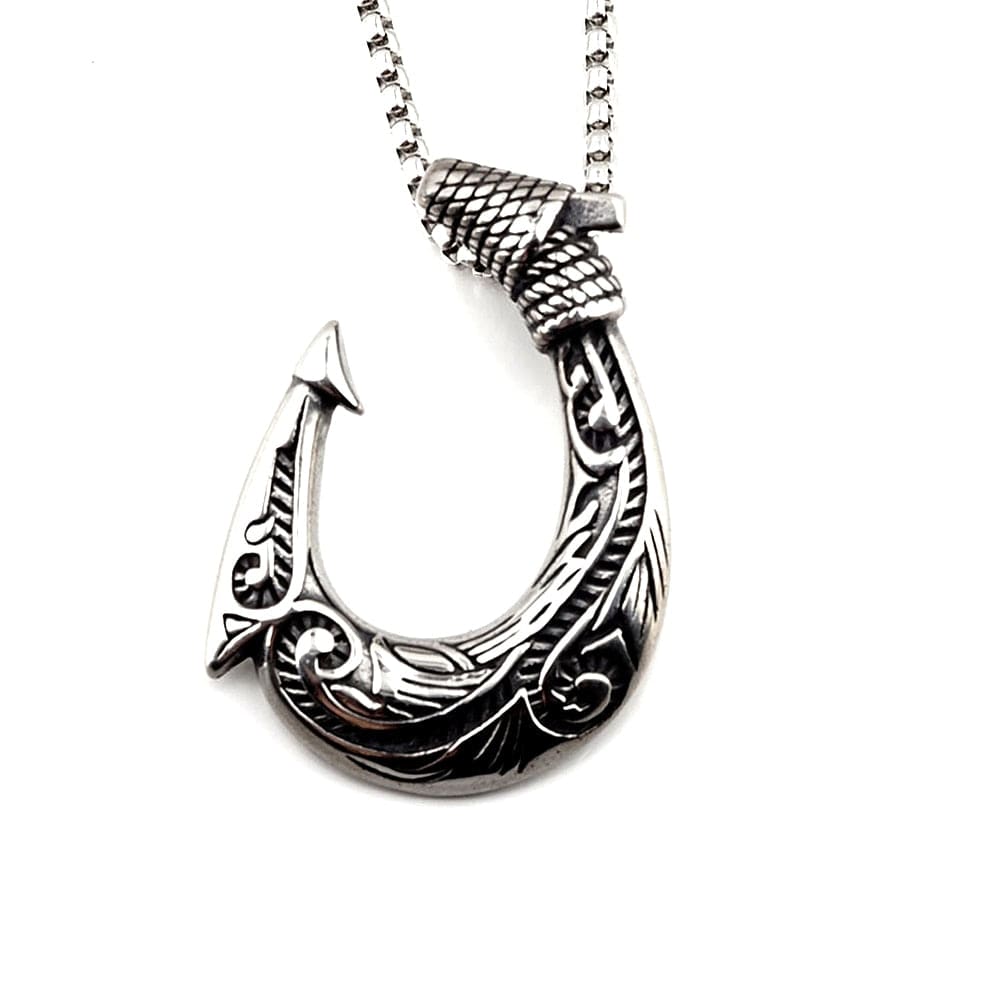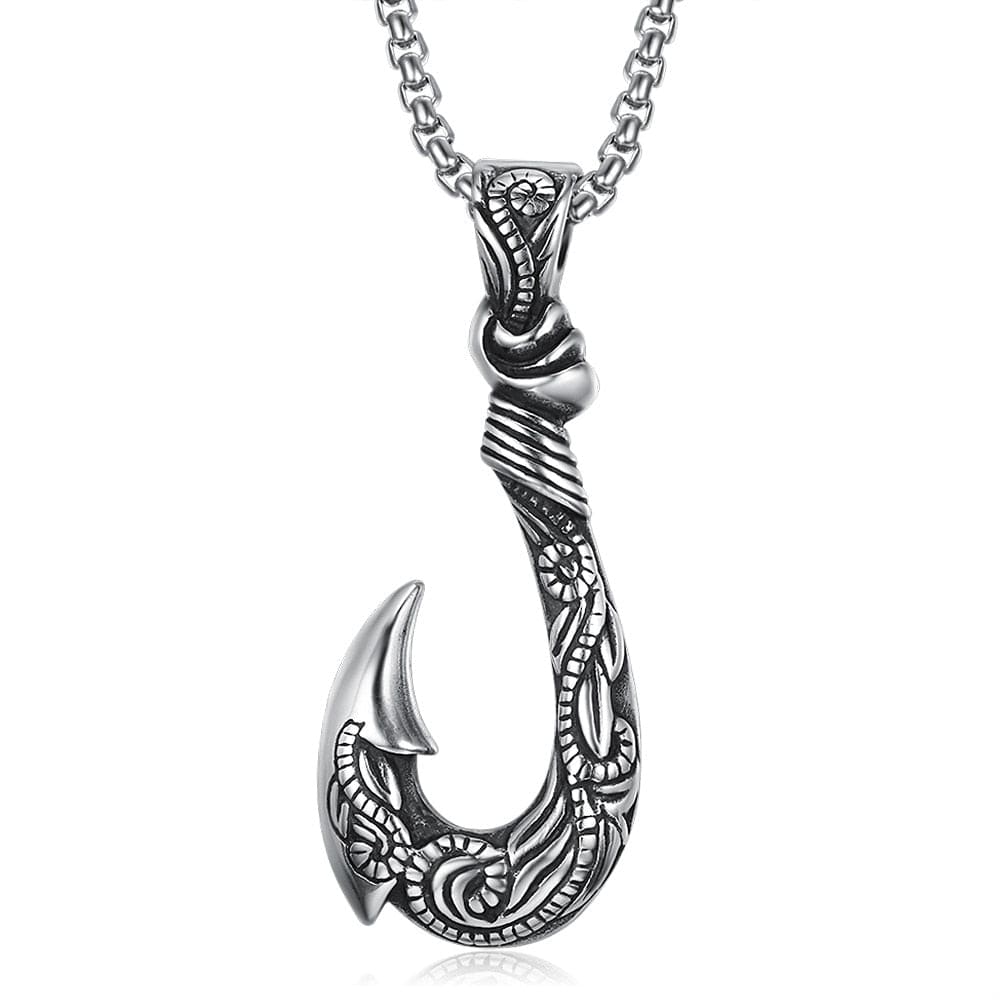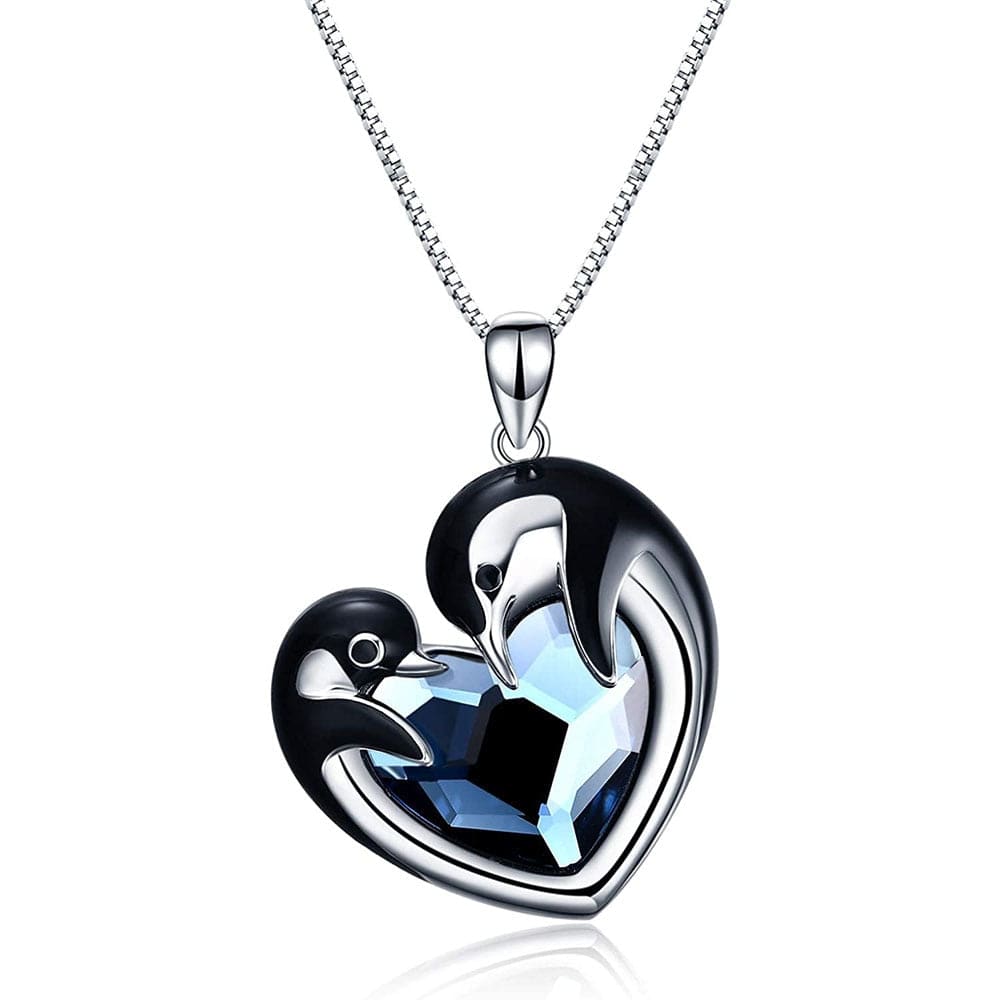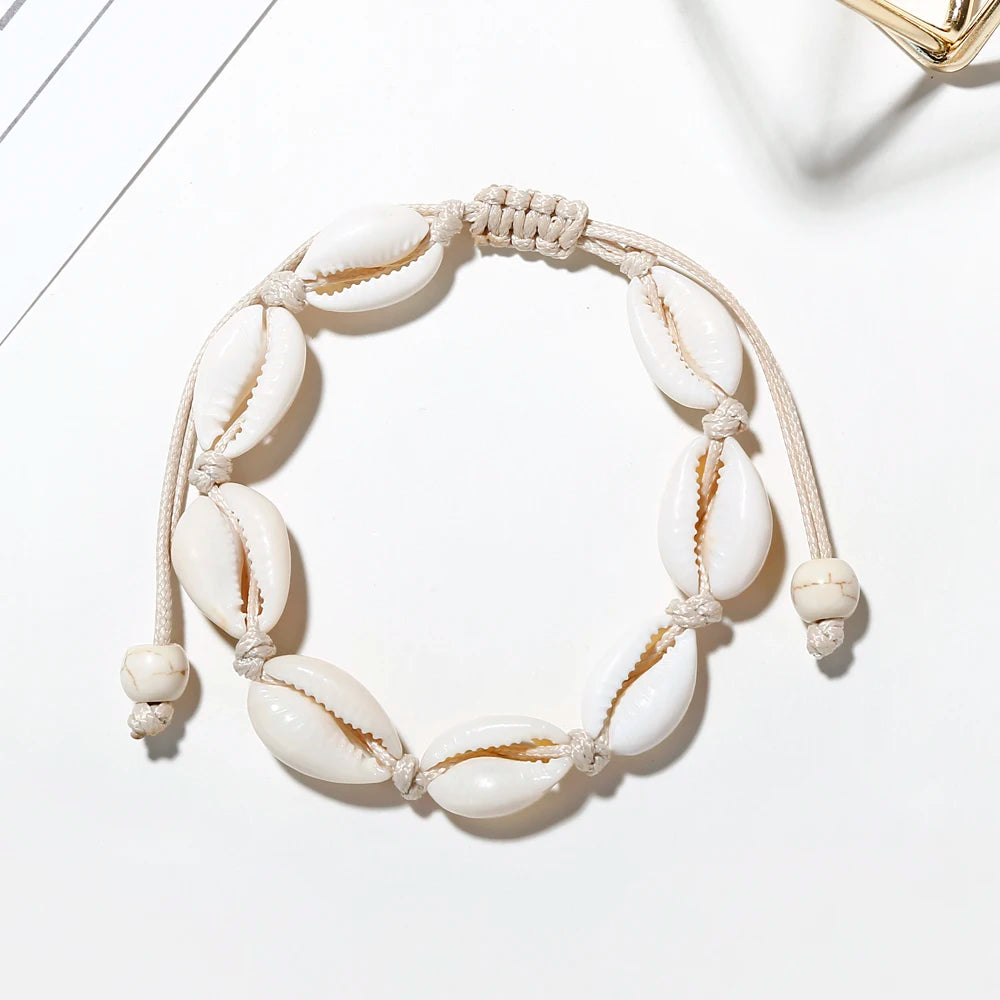"Salmo Salar" or Atlantic Salmon, is a species of ray-finned fish that belongs to the family of Salmonidae. This fascinating creature, known for its remarkable life cycle and navigational skills, has captivated the interest of people all over the world. In this article, we will explore the world of this creature, delving into its biology, life stages, relationship with humans, and conservation efforts.
Table of Content
- Introduction
- The Atlantic Salmon: An Overview
- Life Cycle of the Atlantic Salmon
- Diet and Behavior
- Breeding and Reproduction
- Atlantic Salmon and Humans
- Aquaculture of Atlantic Salmon
- Conservation of Atlantic Salmon
- Legislation and Protective Measures
- Conclusion
The Atlantic Salmon: An Overview

With their silver-blue sheen and distinguished black spots, they are among the largest species in their genus. These fish are native to the northern Atlantic Ocean, inhabiting the waters and rivers from Portugal to Russia, and the northeastern coast of North America.
They are unique for their anadromous migration pattern. They are born in freshwater rivers, migrate to the ocean to grow and mature, and then return to their birthplace to spawn. This epic journey of these fish, from river to ocean and back again, is a testament to their incredible strength and navigational skills.
Life Cycle of the Atlantic Salmon

The life cycle of this fish is a fascinating process, marked by distinct stages and incredible transformations. They begin their life as eggs, nestled within the gravel bed of a stream. After hatching, the young salmon, known as alevin, rely on their yolk sacs for nutrition.
As they grow, the alevin transform into fry, actively hunting for food and venturing further from their spawning grounds. Eventually, they develop into parr, a stage distinguished by vertical stripes along their bodies.
When the parr are ready to embark on their ocean journey, they undergo a process called smolting, adapting their bodies to the saline environment of the sea. After one to four years in the ocean, the salmon, now mature, return to their natal streams to spawn, completing the cycle.
Diet and Behavior

Atlantic salmon are opportunistic feeders, with their diet evolving as they grow. Young salmon, or fry, primarily consume small invertebrates, while mature salmon in the ocean prey upon larger species like herring, capelin, and sand lance.
Behaviorally, these fish are known for their remarkable migratory skills. They can navigate vast distances in the ocean, guided by the Earth's magnetic field, and find their way back to their natal streams with remarkable precision.
Breeding and Reproduction

Breeding is a crucial stage in the life cycle of the Atlantic salmon. Mature salmon return to their birthplace to spawn, often undertaking arduous journeys upriver. The female salmon creates a nest, or redd, in the gravel, where she deposits her eggs. A male then fertilizes these eggs with his milt.
Unlike Pacific salmon, which die after spawning, the atlantic one can survive this process and return to the sea, potentially repeating the cycle in the future. This ability to spawn multiple times, known as iteroparity, makes them unique among salmon species.
Atlantic Salmon and Humans

Over centuries, these salmon have been a source of food, recreation, and even cultural inspiration for humans. They have been featured in myths and folklore, symbolizing wisdom and transformation.
In modern times, this salmon is a popular choice for human consumption, frequently sold fresh, canned, or frozen. However, overfishing and habitat loss have led to a decline in wild salmon populations, moving the focus towards aquaculture.
Aquaculture of Atlantic Salmon
Aquaculture, or fish farming, has become an important part of the salmon industry, aimed at meeting the global demand for this fish. Farmed salmon are hatched and raised in freshwater tanks before being transferred to sea cages, where they mature.
However, the practice of salmon farming has sparked controversy, with concerns about its impact on wild fish populations, the environment, and the welfare of the farmed fish.
Conservation of Atlantic Salmon
Conservation efforts are crucial to their survival. These efforts are multifaceted, including habitat restoration, regulation of fishing, and breeding programs. International organizations, local communities, and governments are working together to ensure the survival of this remarkable fish.
Legislation and Protective Measures

Protective legislation plays a vital role in salmon conservation. In many countries, strict laws regulate the fishing of these salmon, aiming to prevent overfishing and protect spawning grounds. These measures, along with ongoing conservation efforts, offer hope for their future.
If you want to learn more about other protected sea animals, visit here!
Our last words...
The Atlantic salmon is more than just a species of fish; it is a symbol of nature's resilience and adaptability. Despite facing numerous challenges, this remarkable creature continues to thrive, thanks in large part to the concerted efforts of conservationists and the implementation of sustainable practices. As we move towards the future, it is our responsibility to continue these efforts, ensuring that these fish remains a vibrant part of our world's oceans.
We've done a maximum of research to give you the most valuable information about the atlantic salmon.
We hope you've enjoyed this article about the importance of them and learned a few things !
Feel free to subscribe to our private newsletter to receive more exclusive article. You will also receive a 10% bonus discount for our sea world catalogue. You will be notified via email whenever we release a new wonderful jewelry piece of the ocean !
Also, Feel free to go check out our website, we provide the best sea content and we offer you the best nautical jewelry all around the globe !

